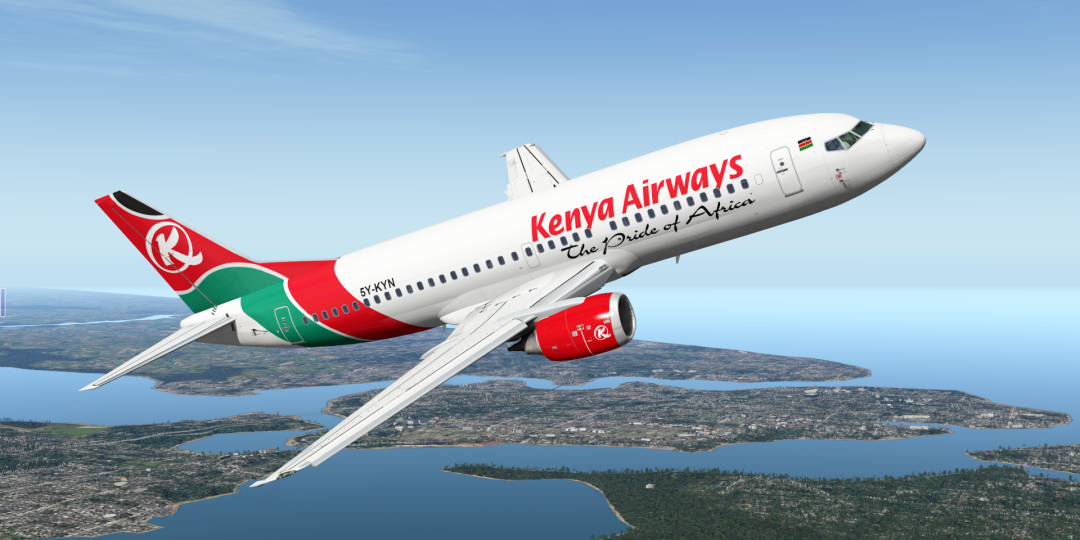East African national carrier, Kenya Airways (KQ), recently announced an operating profit for the first time in six years, although the improved performance has been negated by foreign exchange losses.
The airline recorded a 120% improvement in operating profit from a loss of KES5bn (€31.8m) reported in 2022 to KES998m (€6.3m) in 2023. The airline's improved performance was negated by a KES17bn (€108.3m) impact on foreign exchange losses on monetary items, loans and leases, giving rise to a loss before tax of KES22bn (€140.1m).
For the first half of this year, the airline group's revenue grew to KES75bn (€477.9m), recording a 56% increase compared with the same period last year.
The operating improvement was underpinned by a growth in the cabin factor to 76.1%, with an increase in passenger numbers of 43% to 2.3 million.
During this period, the company mainly focused on improving the customer experience, operational excellence, and cash conservation.
The airline also exploited opportunities to raise much-needed revenue through passenger charters and ramped up scheduled operations.
Other initiatives undertaken by the airline’s management include partnerships with other airlines, lease rentals renegotiations and other cost reduction measures.
Allan Kilavuka, Kenya Airways Group MD and CEO, said: "These results confirm the operational viability of the airline. We have enhanced our customer experience at different touchpoints, the reliability and availability of our aircraft have significantly improved, and Our On-Time Performance has gone up from a low 58% at the start of the year to 77% at the end of June with a target of being above 80%."
According to Kilavuka, the legacy debt and the devaluation of the Kenya shillings against major currencies are two concerns that continue to hold back the airline.
"Our focus looking ahead is on recapitalising the business to place Kenya Airways on a stronger footing and provide a stable base for long-term growth. We will continue focusing on our network expansion and fleet optimisation to increase passenger and cargo capacities. Further, we see a promising trend in forward bookings for the year's second half. It all starts with a robust summer peak, particularly in July and August, where our load factors exceed last year's," concluded Kilavuka.























